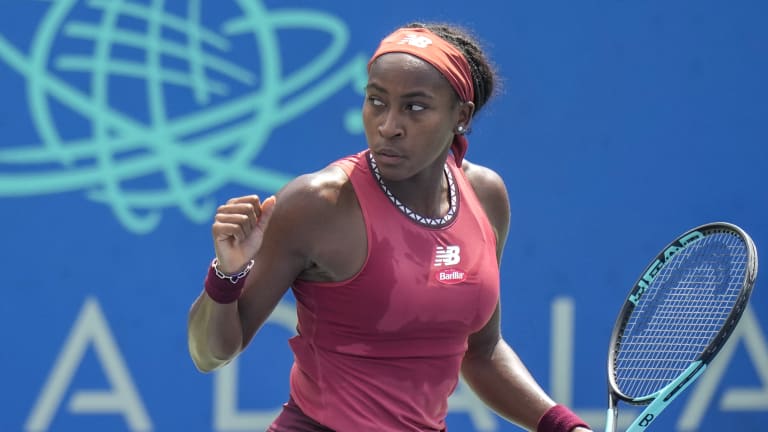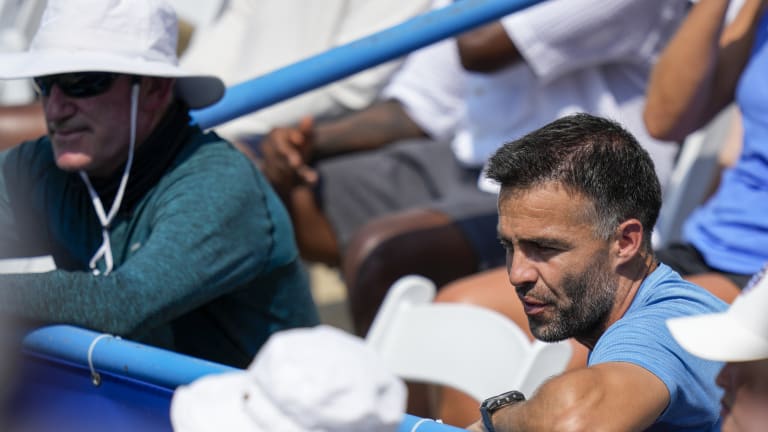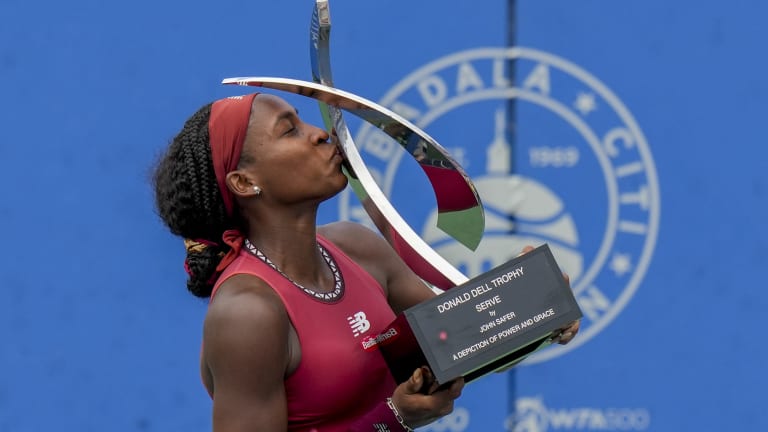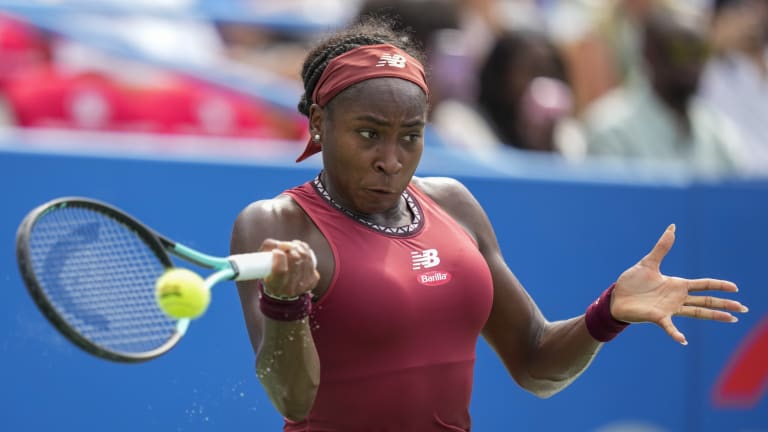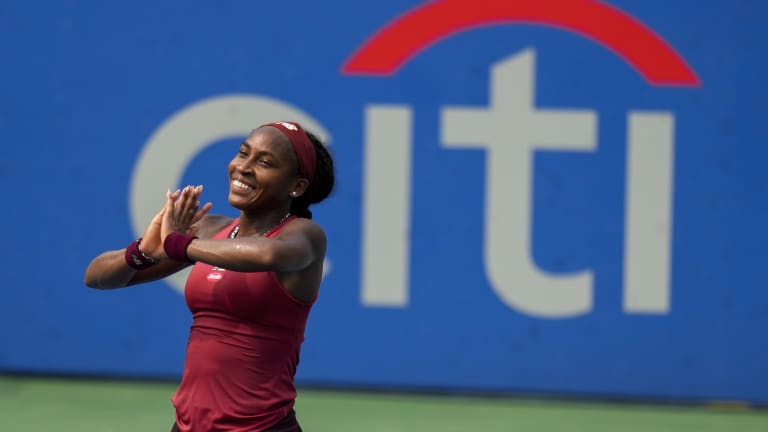Washington, USA
Analysis: Coco Gauff’s Washington title shows she is ready to contend at the US Open
By Aug 07, 2023Washington, USA
Denis Shapovalov retains ranking points, prize money after appealing DQ in Washington
By Aug 05, 2024Washington, USA
Following D.C. default, Denis Shapovalov retains points, prize money after appeal
By Aug 05, 2024Washington, USA
Paula Badosa wins Mubadala Citi DC Open for first title after six-month injury absence
By Aug 04, 2024Washington, USA
Denis Shapovalov defaulted in Washington D.C. for swearing at spectator
By Aug 03, 2024Washington, USA
Coco Gauff defeats Maria Sakkari in Washington for her fourth title
By Aug 07, 2023Washington, USA
Dan Evans wins his second career ATP title by beating Tallon Griekspoor in Washington DC
By Aug 07, 2023Washington, USA
Coco Gauff cruises past Maria Sakkari to win fourth career WTA title in Washington, D.C.
By Aug 06, 2023Washington, USA
Setting Up Sunday: Coco Gauff surges into DC final, U.S. women abound in Montréal qualifying
By Aug 06, 2023Washington, USA
Maria Sakkari gets past top-seeded Jessica Pegula to reach DC final
By Aug 05, 2023Washington, USA
Analysis: Coco Gauff’s Washington title shows she is ready to contend at the US Open
Turns out all the 19-year-old from Florida needed to get back to winning was a bit of advice from people who know what they're talking about.
Published Aug 07, 2023
Advertising
Advertising
Analysis: Coco Gauff’s Washington title shows she is ready to contend at the US Open
/
